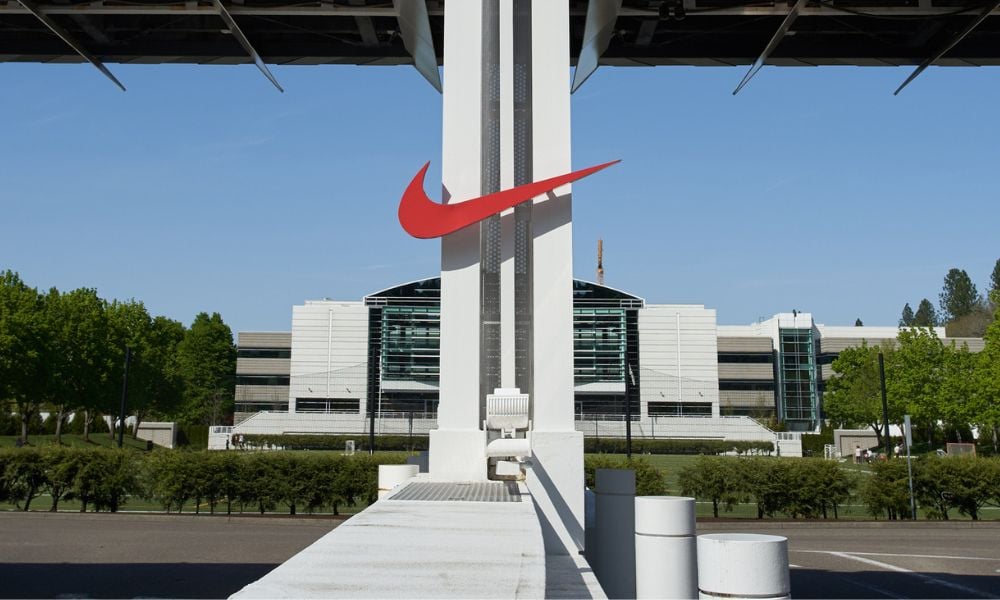Here's how to ensure the highest quality applicants reach out to you – it's all about the language you use
If you're struggling to find quality applicants for that position, maybe it's not them – maybe it's you. A new study shows that the language of job advertisements can affect the quality of applications, for better or for worse.
Psychologist Joseph A. Schmidt of the University of Saskatchewan worked with a large multinational firm to experiment with their online advertisements. He crafted two types of listings: those that used language to emphasize what the job had to offer an applicant, and those that highlighted what the position would require of an applicant.
Perhaps it's no surprise that the positions that emphasized the job's perks for the applicant received a higher ratio of applications to views. But what did come as a surprise was that the applicants whom the scientists ranked as higher quality were significantly less likely to apply for the positions that only highlighted what the job required. However, this only occurred for professional positions: in the advertisements for administrative positions, there was no notable difference in the quality of applicants.
“High quality applicants who perceive their skills as being in high demand,” the researchers wrote, “may be more sensitive to recruitment messages than applicants who feel they are not in high demand.”
Susan Vitale is chief marketing officer at iCIMS, a talent acquisition software company. She offered advice for winning job advertisements:
Approach it from a marketing perspective. One of the most common mistakes organizations make is to write “cookie cutter” ads, forgetting that the purpose is to market the company to potential employees. “By that I mean they'll put together a standard verbiage around the company's description and responsibilities and not make it exciting,” Vitale says.
Work with those in the positions advertised. A simple way to improve ads is to show the final draft to somebody working in a position similar to the one that's being hired for. “Most folks who are hashing these descriptions are either HR or the hiring manager, and their skill sets don't really lend itself (sic) to talking up the more exciting elements of the role,” says Vitale. Ask that person whether it reflects the most exciting aspects of their jobs, and whether the requirements are really what they need to have.
Focus on what's in bullet points. “Most of the time when something's in bullets, that's where the candidate will direct their eyes first,” says Vitale. By making the most appealing information visually accessible, you can put yourself ahead of the competition. On the flipside, it's also important to put careful wording into the bullet points under requirements so as not to turn high quality candidates away.
You might also like:
Why droves of Airbnb’s best HR people are applying for new jobs
A Macy’s hiring manager made a thoughtless comment and America is freaking out
Forget the best, pick the mediocre candidate
Psychologist Joseph A. Schmidt of the University of Saskatchewan worked with a large multinational firm to experiment with their online advertisements. He crafted two types of listings: those that used language to emphasize what the job had to offer an applicant, and those that highlighted what the position would require of an applicant.
Perhaps it's no surprise that the positions that emphasized the job's perks for the applicant received a higher ratio of applications to views. But what did come as a surprise was that the applicants whom the scientists ranked as higher quality were significantly less likely to apply for the positions that only highlighted what the job required. However, this only occurred for professional positions: in the advertisements for administrative positions, there was no notable difference in the quality of applicants.
“High quality applicants who perceive their skills as being in high demand,” the researchers wrote, “may be more sensitive to recruitment messages than applicants who feel they are not in high demand.”
Susan Vitale is chief marketing officer at iCIMS, a talent acquisition software company. She offered advice for winning job advertisements:
Approach it from a marketing perspective. One of the most common mistakes organizations make is to write “cookie cutter” ads, forgetting that the purpose is to market the company to potential employees. “By that I mean they'll put together a standard verbiage around the company's description and responsibilities and not make it exciting,” Vitale says.
Work with those in the positions advertised. A simple way to improve ads is to show the final draft to somebody working in a position similar to the one that's being hired for. “Most folks who are hashing these descriptions are either HR or the hiring manager, and their skill sets don't really lend itself (sic) to talking up the more exciting elements of the role,” says Vitale. Ask that person whether it reflects the most exciting aspects of their jobs, and whether the requirements are really what they need to have.
Focus on what's in bullet points. “Most of the time when something's in bullets, that's where the candidate will direct their eyes first,” says Vitale. By making the most appealing information visually accessible, you can put yourself ahead of the competition. On the flipside, it's also important to put careful wording into the bullet points under requirements so as not to turn high quality candidates away.
You might also like:
Why droves of Airbnb’s best HR people are applying for new jobs
A Macy’s hiring manager made a thoughtless comment and America is freaking out
Forget the best, pick the mediocre candidate





